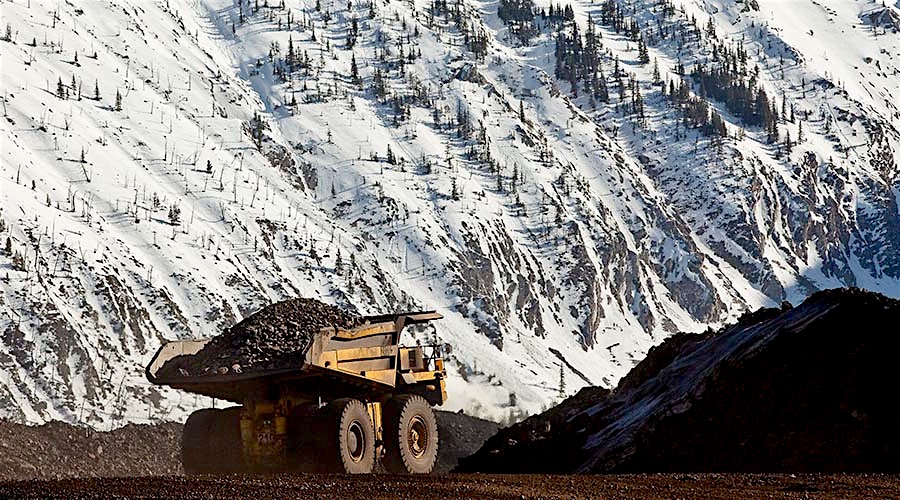Nickel prices drag Canadian Mining Eye Index down

After an 11% increase in 2017’s first quarter, the Canadian Mining Eye index dropped 7% in the second quarter, according to professional services firm EY.
The Mining Eye tracks the performance of 100 Toronto Stock Exchange and TSX Venture Exchange mid-tier and junior mining companies.
The most recent index, released August 29, shows nickel price weakness was the main reason for the loss while flat zinc prices helped keep scores from falling further.
Prices for nickel fell 6% in the second quarter, a decline attributed to higher supply and increased production in Indonesia and the Philippines.
But, according to the index, prices are expected to stay constant over the near term, buoyed by demand for stainless steel and electric vehicles.
High global demand for stainless steel is also good news for B.C. because metallurgical (steelmaking) coal is the province’s top mining export. Zinc prices are also expected to be higher than usual due to favourable supply and demand fundamentals.
The index also noted a slight increase in the price of copper, B.C.’s second-largest mining commodity export.
“With copper, there seems to be an uptick in demand and things are going well in that direction,” said Scott Dunbar, mining engineering professor at the University of British Columbia (UBC).
With slowing economic growth in China, copper prices are forecast to remain constant in the near term, with a positive outlook for the mid- to long term.
Finally, the index notes that gold prices remained static as a result of the federal rate hike of 0.25 percentage points in June. Gold is B.C.’s third-largest export commodity.
“The fact that the outlook is generally balanced means that the people who were planning to invest – they will, and expectations shouldn’t be changed from that perspective,” said Michelle Grant, EY’s B.C. mining and metals transactions leader.
“But I wouldn’t expect, based on the outlook, that a bunch of new projects will be on the table all of a sudden.”
As the sector moves into 2017’s second half, Canadian mining companies are focused on reducing debt by strengthening their balance sheets. If the pace of repayments continues for the remainder of the year, Grant said companies could reduce debt levels by another 20%.
Automation and robotics continue to rise within the sector as more companies adopt new technologies.
Rio Tinto (NYSE:RIO), a global mining company with 19% of its assets in Canada, noted productivity gains of 14% and cost declines of 13% with the implementation of driverless trucks in Australia.
According to a UBC report, automation can help miners increase productivity by between 15% and 20%, reduce fuel costs by between 10% an 15% and lower maintenance expenses by 8%.
Finally, data collection is being used more widely in the mining industry as companies look for new ways to increase efficiency.
“Generally, there is a lot of interest in sensors, data analysis and data manipulation,” Dunbar said. “[Technology adoption] is happening in many different ways, and companies are picking up on it in numerous aspects. That is the development, I would say.”
More News
{{ commodity.name }}
{{ post.title }}
{{ post.date }}

Comments